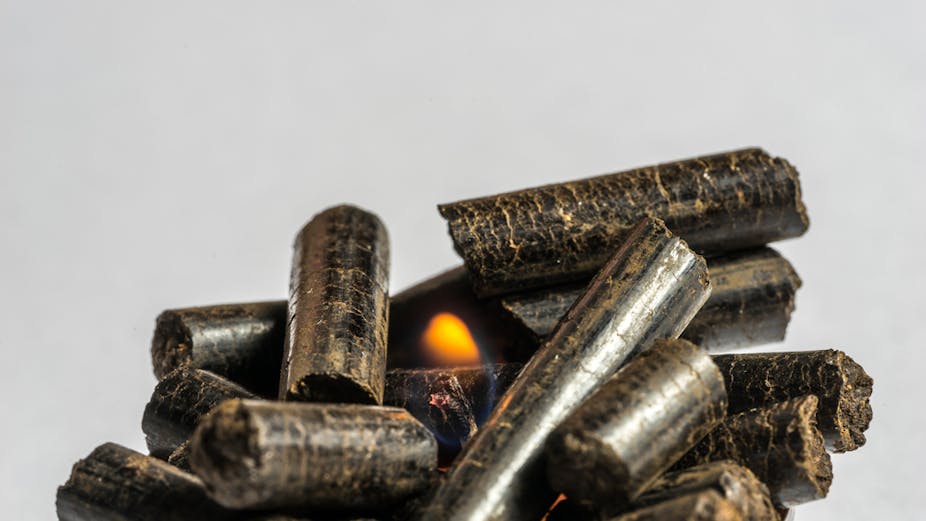Next time you’re strolling through a food market, stocking up on fruit and vegetables, consider this: you’re surrounded by unharnessed energy.
Cabbages, apples, potato peels and similar food stuffs are all potential biomass. That means they can be processed (usually by burning) and used as fuel. Trees, saw dust, grass and even some solid waste like animal waste are also examples of biomass.
And, through a process called torrefaction, this kind of biomass is already being used to generate electricity in a number of countries. Torrefaction involves heating biomass in a furnace without any oxygen to temperatures between 200 and 300°C for between 30 minutes and an hour. This breaks down its fibrous structure, as well as removing its moisture and some volatile components. It can then be combined with coal or used alone to produce electricity at power stations.
The process is used at biomass plants in Kenya’s Naivasha area (producing 1.7 MW of electricity); Chaiyaphum in Thailand (45MW electricity); and Igelsta in Sweden (20MW electricity). Costa Rica, Colombia and Mexico also have biomass power plants that use torrefaction, though these provide no details about their output.
My colleagues and I investigated whether torrefaction of biomass could be a viable approach for South Africa. The state power company, Eskom, announced in 2017 that it would build the country’s first biomass power station in the Mpumalanga province and will use the torrefaction process. No time lines have been provided, and it is not clear how much electricity the plant will generate through biomass.
But it seems the government is interested in shifting its reliance on coal, which is water-intensive and causes pollution.
We found that torrefaction of biomass could be a good addition to South Africa’s electricity mix. There are some issues to consider, such as where the biomass will come from and the construction of special furnaces to perform the procedure. However, it is clear from our research that biomass could do the same duty as coal, with far less water use and less pollution. It is also a renewable resource, unlike coal.
Challenges
There are a few issues that need to be considered if South Africa decides to use biomass for energy.
The first is that some biomass, such as fruit and vegetables, is used as food. It will be important to identify biomass sources that aren’t used as food so that the technology doesn’t end up creating food shortages.
The best alternative at the moment is to use organic waste biomass from landfill sites or waste from forest processing. This would help to clean up the environment as well as tackle land and air pollution. After some time on the ground, the organic waste at landfill sites starts to decompose and release methane, which can lead to fires and air pollution. Using part of the waste would help reduce this. This is the approach other countries are taking at their biomass plants.
It will also take a lot of biomass to replace even a small fraction of the 90 million tons of coal that Eskom uses annually at its power stations. For instance, we calculated that to replace 10% of that coal, at least 14 million tons of raw wood waste would be needed.
A valuable energy addition
Despite these issues, our research suggests that torrefied biomass has an important role to play in South Africa’s energy mix.
It wouldn’t require any major infrastructure at power stations to make this happen: the energy it produces can be mixed with coal and behaves in the same way as coal, so it can be fed through the same systems to produce electricity. The country will need to build furnaces to perform torrefaction, which will require a lot of electricity to start with, but we think this is a worthwhile and necessary investment.
There is also a good chance that this approach will create jobs, particularly in the forestry sector where people will be needed to collect wood and sawdust as biomass to be torrefied. Eskom has already promised to work with the forestry sector in this regard on its Mpumalanga plant.
Replacing even a small part of South Africa’s coal-heavy energy production with torrefied biomass will also have environmental benefits, cutting back on water-intensive and polluting processes.

